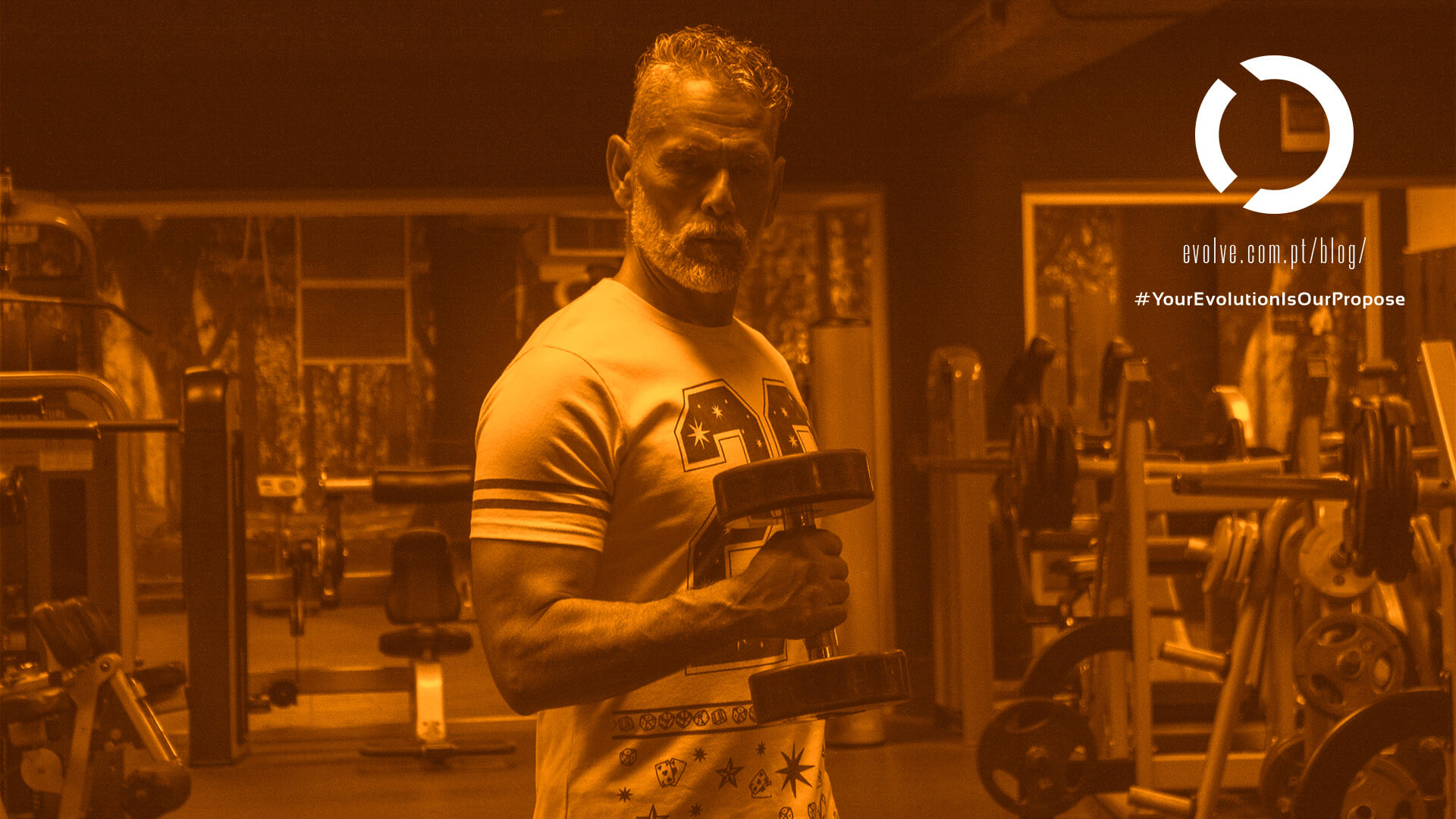
THE THREE FUNDAMENTAL PILLARS FOR INCREASING MUSCLE MASS
A topic that many seek to know more about when they want to start training, "How to increase muscle mass?" and for this theme it is essential to realize that the basis for achieving results is based on 3 fundamental pillars and which I will develop in this article.
1- Training for Hypertrophy, this is the first pillar that everyone remembers when they want to increase muscle mass and with all the sense, because it is part of the base for it to be possible. For our muscle fibers to increase volume, and consequently to achieve visual increase in muscle mass, it is necessary to have the right stimulus. How do we do it? For that to happen it is necessary to plan the training properly (a minimum of 3 months to notice results, the first 2 months for sedentary individuals are adaptive and will hardly see very visible results) to the objectives and to respect the individuality that is part in all pillars, in relation to training, it has been proven that in order to optimize results it is necessary to consider the 3 main factors responsible for promoting muscle hypertrophy, mechanical tension, muscle damage and metabolic stress.
Mechanical Tension - Consists of the load to which our muscle is submitted, that is, the intensity of the exercise, this intensity is the key to stimulate muscle growth.
Muscle Damage - These muscle damages are positive and natural, they are micro-cracks in the muscular tissue and are caused by the exercises, initially there is an inflammation that in turn activates the growth of the satellite cells of the muscles.
Metabolic Stress - Consists of the general stress that our body accumulates during training sessions and exercises. This stress promotes some hormonal factors that lead to muscle hypertrophy.
2- Adequate food to the objectives is the second pillar for the increase of the muscular mass, a planned nutrition is fundamental to achieve the intended results. It is normal to hear the expression, to increase muscle mass it is necessary to “eat protein” and it is true, but how much to achieve the results? How much lipids and how much carbohydrates? Well, this is undoubtedly a topic that does not dispense the consultation of a nutritionist who, together with the Personal Trainer, can prepare a plan that is suitable for each individual based on their training plan and their day-to-day activities.
3- Rest or Recovery, another fundamental pillar and in reality it is at this stage that the muscles really increase in volume, you know? When we talk about recovery, we must remember that our workouts should not exceed 60 minutes in order to maintain a good performance and not cause extreme fatigue, which delays the normal and indicated recovery of 48 to 72 hours for each muscle group worked. Sleeping at least 7 hours a night and no more than 9 hours is also a very important point, sleeping the right time to allow the anabolism process to exist, anabolism is the state in which our body builds muscle tissue. When we are at rest, our body begins to repair muscle tissue damaged during training, that is, it is during rest, and not during exercise, that your body develops muscle mass. For this process to happen it is necessary for our body to be nourished, otherwise what will happen is a process of Catabolism, which consists of the phase or state in which our body degenerates muscle tissue.
In conclusion, these 3 pillars are fundamental for achieving a real increase in muscle mass, failure to comply with one of these three pillars can and will neglect the results, it is not enough just to train and not comply with nutrition and rest, it simply will not happen the raise. Therefore, for an increase in muscle mass, it is essential to comply with these 3 pillars where the Personal Trainer can and should take part in Training and Rest and a Nutritionist must accompany in partnership with the Personal Trainer in the point of Food so that the nutrition is suitable for training and objectives.
João Santos
